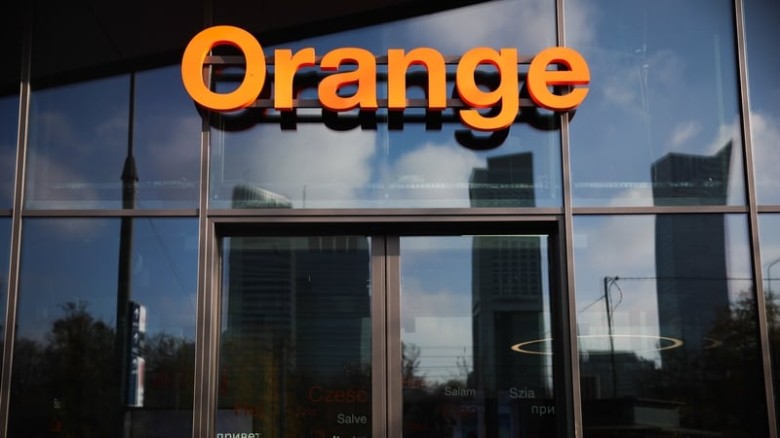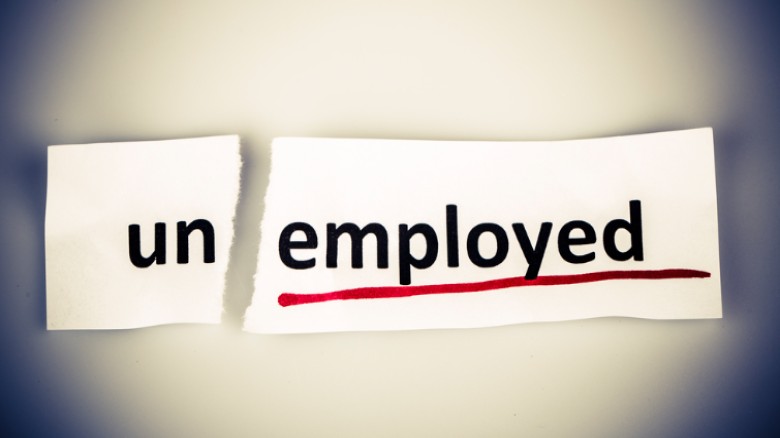ILO predicts that up to two million workers could face job losses in 2024
The International Labour Organisation (ILO) has forecasted that two million workers may face unemployment in the current year, with the global unemployment rate expected to rise from 5.1 percent in 2023 to 5.2 percent.
In its recent report titled "World Employment and Social Outlook: Trends 2024," the ILO noted that while joblessness and the jobs gap had improved compared to pre-pandemic levels, global unemployment is anticipated to increase in 2024. The report also expressed concerns about growing inequalities and stagnant productivity.
Despite three consecutive years of decline, with the global unemployment rate decreasing from 6.9 percent in 2019 to 5.1 percent in 2023, the ILO suggests a potential reversal of this trend in the coming year.
The report highlighted that despite challenging economic conditions, labor markets exhibited unexpected resilience. However, the recovery from the pandemic remained uneven, with emerging vulnerabilities and various crises undermining the prospects for increased social justice.
In 2023, the global unemployment rate showed a modest improvement, standing at 5.1 percent, compared to 5.3 percent in 2022. The report noted positive changes in the global jobs gap and labor market participation rates during 2023.
Although working poverty had initially decreased rapidly after 2020, the report projected its persistence. In 2023, the number of workers living in extreme poverty (earning less than US$2.15 per person per day in purchasing power parity terms) increased by approximately 1 million.
It revealed that the count of workers experiencing moderate poverty (earning less than US$3.65 per day per person in PPP terms) rose by 8.4 million in 2023.
The projection anticipates a deterioration in both the labor market outlook and global unemployment.
"Disposable incomes have decreased in the majority of G20 nations, and the erosion of living standards due to inflation is unlikely to be swiftly offset," it stated.
The report highlighted significant disparities between higher and lower-income countries. In 2023, the jobs gap rate was 8.2 percent in high-income countries, compared to 20.5 percent in the low-income group.
Similarly, while the 2023 unemployment rate held at 4.5 percent in high-income countries, it was 5.7 percent in low-income countries.
"Rates of informal work are expected to remain stable, constituting approximately 58 percent of the global workforce in 2024," it added.
Gilbert Houngbo, the Director-General of the ILO, expressed deep concern, stating, "This report delves beyond the surface labor market figures, and its findings are alarming. It seems increasingly evident that these imbalances are not merely a transient aspect of pandemic recovery but are becoming structural."
"The workforce challenges identified pose a dual threat to both individual livelihoods and businesses, necessitating swift and effective intervention. Declining living standards, coupled with low productivity and ongoing inflation, create a breeding ground for heightened inequality, jeopardizing endeavors to attain social justice. A sustainable recovery hinges on achieving greater social justice."
























Leave A Comment